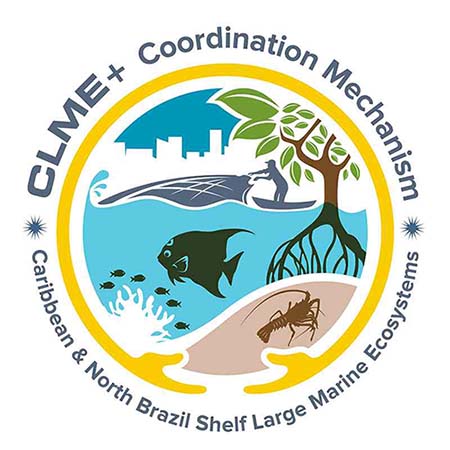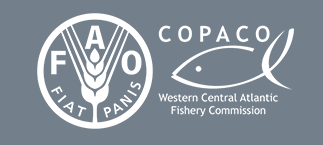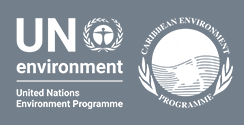
Whole-island carbon stocks in the tropical Pacific: Implications for mangrove conservation and upland restoration
Management of forest carbon (C) stocks is an increasingly prominent land-use issue. Knowledge of carbon storage in tropical forests is improving, but regional variations are still poorly understood, and this constrains forest management and conservation efforts associated with carbon valuation mechanisms (e.g., carbon markets). This deficiency is especially pronounced in tropical islands and low-lying coastal areas where climate change impacts are expected to be among the most severe. This study presents the first field estimate of island-wide carbon storage in ecosystems of Oceania, with special attention to the regional role of coastal mangroves, which occur on islands and coastal zones throughout the tropics. On two island groups of Micronesia (Yap and Palau), we sampled all above- and belowground C pools, including soil and vegetation, in 24 sites distributed evenly among the three major vegetation structural types: mangroves, upland forests, and open savannas (generally on degraded lands formerly forested). Total C stocks were estimated to be 3.9 and 15.2 Tg C on Yap and Palau, respectively. Mangroves contained by far the largest per-hectare C pools (830e1218 Mg C ha1), with deep organic-rich soils alone storing more C (631e754 Mg C ha1) than all pools combined in upland systems. Despite covering just 12e13% of land area, mangroves accounted for 24e34% of total island C stocks. Savannas (156e203 Mg C ha1) contained significantly lower C stocks than upland forests (375e437 Mg C ha1), suggesting that reforesting savannas where appropriate has high potential for carbon-based funding to aid restoration objectives. For mangroves, these results demonstrate the key role of these systems within the broader context of C storage in island and coastal landscapes. Sustainable management of mangrove forests and their large C stocks is of high importance at the regional scale, and climate change mitigation programs such as REDDþ could play a large role in avoiding deforestation of mangroves where this is a management objective.
 5
5


 Report issue
Report issue






















